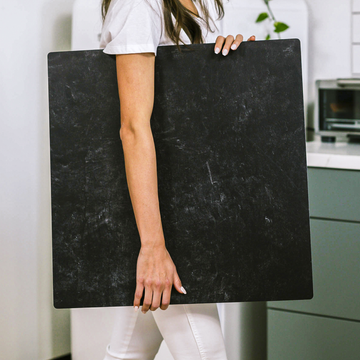Ever snapped what you thought was the perfect product shot, only to realize your backdrop looks cheap and amateurish? You're not alone. The secret to professional-looking photography often lies not in your camera, but in what's beneath your subject.
While brands like Replica Surfaces offer incredible ready-made solutions, there's something uniquely satisfying about creating your own photography surfaces. Not only can you save money, but you gain complete control over textures, sizes, and finishes. Let's dive into how you can craft backdrops that rival professional studio equipment.
The Texture Dilemma: Why Most DIY Backdrops Fail
Walk into any craft store and you'll find dozens of potential backdrop materials. But which ones actually work? The key lies in understanding how different surfaces interact with light:
- Too smooth: Creates unnatural reflections and glare
- Too rough: Produces distracting, harsh shadows
- Too glossy: Throws off your white balance and color accuracy
Materials That Actually Work
After testing dozens of options, these consistently deliver professional results:
- MDF boards: Takes paint beautifully and has no visible grain
- Concrete overlay panels: Lightweight with authentic matte texture
- Bleached reclaimed wood: Sanded smooth for subtle shadow play
Lighting Secrets for DIY Success
The magic happens when your handmade surface interacts with light. Here's how to make them work together:
Golden Rule: Always test your surface with the lighting you plan to use. What looks good in your workshop might look completely different under studio lights.
Pro Lighting Hacks
- Keep a white foam board nearby to bounce light into shadows
- Use parchment paper as an instant diffuser for harsh lights
- Position your surface near a north-facing window for perfect natural light
Building a Modular System (Like the Pros)
Why settle for one background when you can create an entire system? Here's how to build versatility into your DIY setup:
Option 1: Magnetic panels using steel sheets and textured vinyl overlays - swap styles in seconds
Option 2: A foldable two-panel design with adjustable legs for multiple shooting angles
When DIY Makes Sense (And When It Doesn't)
While creating your own surfaces can be rewarding, it's not always the right choice. Consider DIY if:
- You need custom sizes or textures
- You're testing styles before investing
- You enjoy the creative process
But for daily professional use, pre-made surfaces often save time and guarantee consistency. The choice ultimately depends on your needs and workflow.
Now it's your turn - grab some materials and start experimenting! The perfect backdrop for your next masterpiece might be just a DIY project away.



